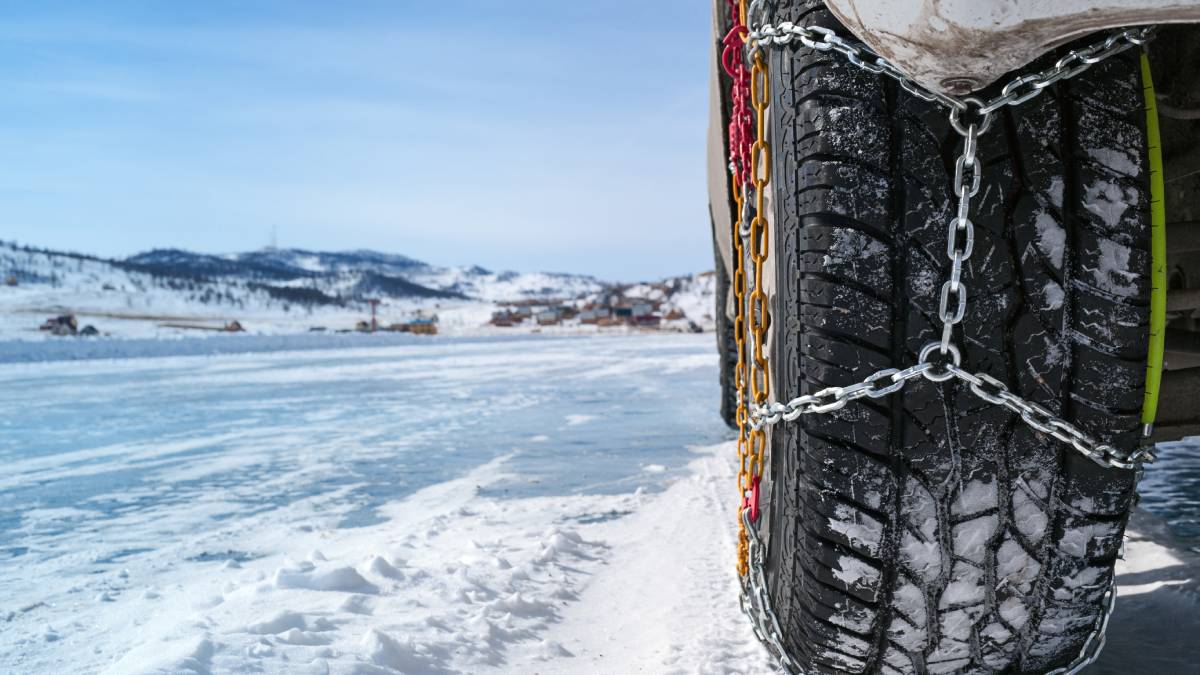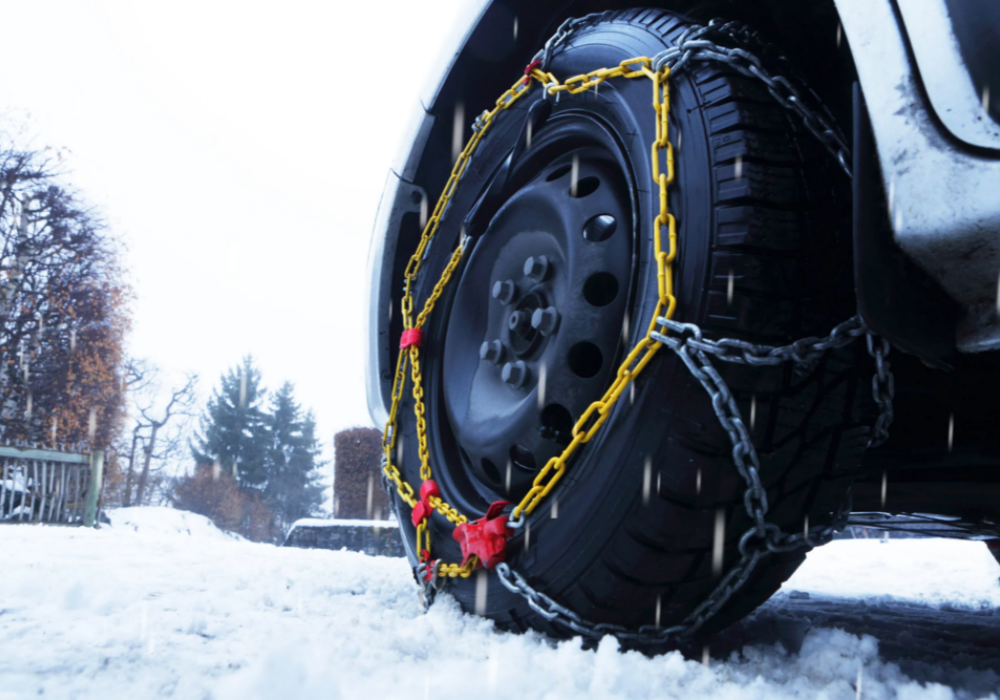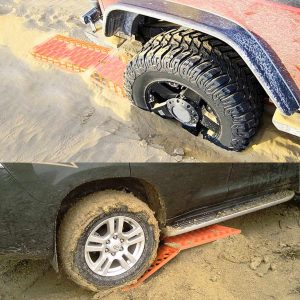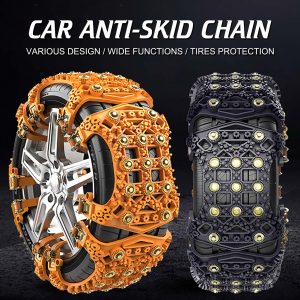Car snow chains are crucial tools for enhancing traction and stability during winter driving. Understanding the intricate process involved in the production of these chains sheds light on the engineering and craftsmanship required to manufacture reliable and durable products. We will delve into the detailed production process of car snow chains, exploring the various stages from material selection to final quality control, and highlighting the key techniques and considerations that contribute to the creation of high-performance snow chains for diverse driving needs.
1. Material Selection :
The production process begins with careful material selection, where manufacturers opt for high-quality steel, rubber, or composite materials known for their durability and resistance to harsh winter conditions. Factors such as tensile strength, corrosion resistance, and flexibility are considered to ensure the optimal performance of the snow chains.
2. Design and Prototyping :
Engineers and designers create comprehensive design prototypes, considering factors such as chain link patterns, tensioning systems, and compatibility with various tire sizes. Computer-aided design (CAD) software is often utilized to refine the initial prototypes and test their compatibility with different vehicle models.
3. Chain Assembly and Linking :
The selected materials are then meticulously assembled, with each chain link interlocked and secured to form a robust and interlocking structure. Precision and attention to detail are paramount during this stage to ensure that the chains can withstand the rigors of winter driving and effectively grip onto slippery surfaces.

4. Heat Treatment and Strengthening :
The assembled chains undergo heat treatment processes to enhance their strength and durability. Techniques such as quenching and tempering are employed to optimize the molecular structure of the materials, ensuring that the chains remain resilient and reliable under varying temperatures and road conditions.
5. Quality Control and Testing :
Stringent quality control measures are implemented throughout the production process to guarantee the reliability and safety of the snow chains. Rigorous testing procedures, including traction tests, endurance tests, and corrosion resistance assessments, are conducted to validate the performance and durability of the finished products.
6. Surface Coating and Finishing :
The snow chains undergo surface coating processes, such as galvanization or polymer coating, to enhance their resistance to corrosion and abrasion. This step contributes to prolonging the lifespan of the chains and ensuring their effectiveness in withstanding the harsh elements encountered during winter driving.
7. Packaging and Distribution :
Once the snow chains pass the final quality control checks, they are carefully packaged and distributed to various retailers and distributors, ensuring that they reach end-users in optimal condition, ready to enhance the traction and stability of vehicles during the winter season.
The intricate production process of car snow chains exemplifies the intricate balance between meticulous engineering, precise craftsmanship, and stringent quality control measures. By adhering to these meticulous steps, manufacturers can deliver reliable and high-performance snow chains that effectively enhance vehicle safety and stability during winter travels.





